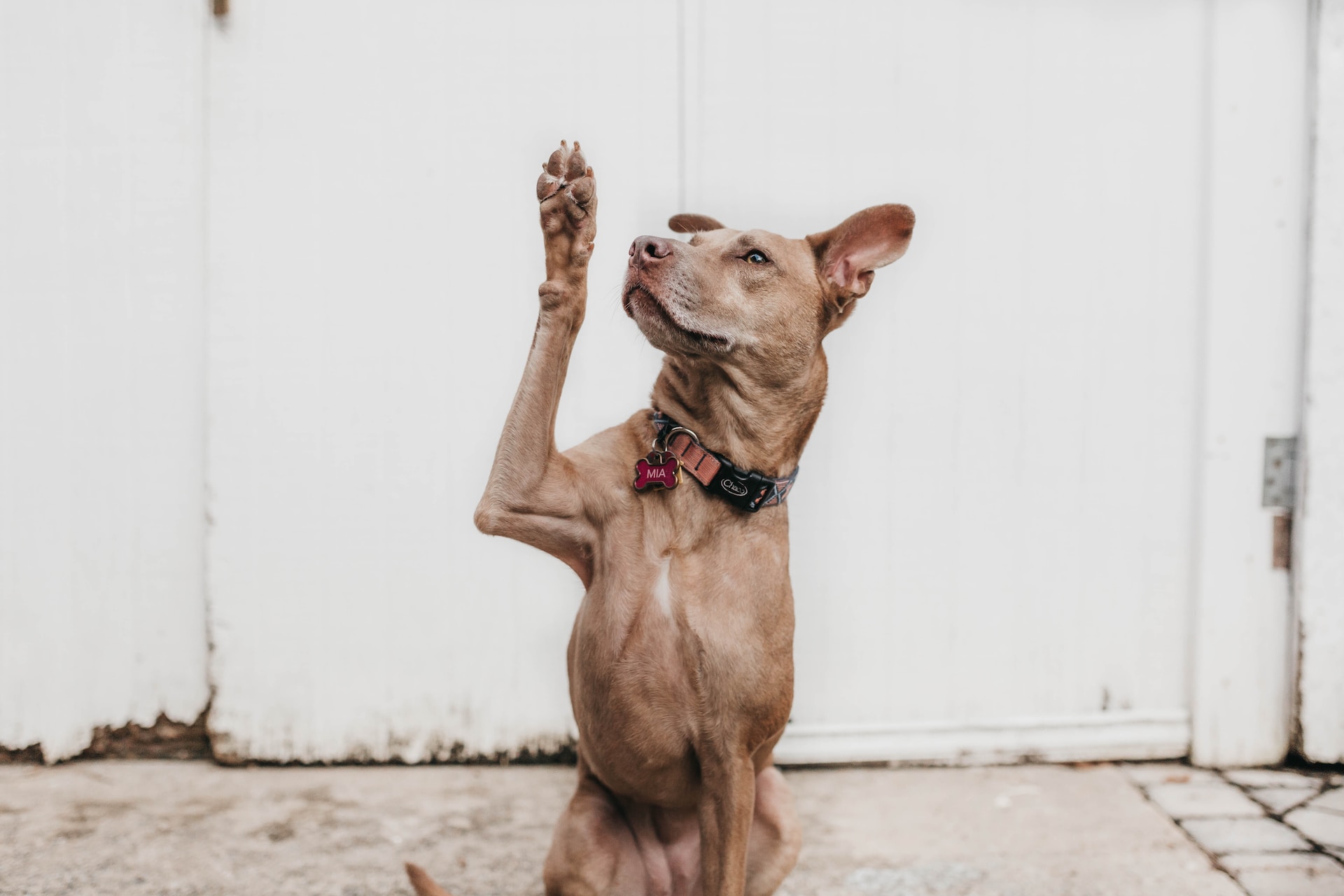Training is an essential part of your canine buddy’s development. On top of preparing them for a life unaffected by behavioral problems, your dog’s training experience will also help them understand their role in the family. Regular training that involves socialization will also provide your pup with an environment to safely socialize with others, which will reduce their overall stress and anxiety. All in all, training matters for how much it can improve a dog’s quality of life, and a well-trained pup is more comfortable and manageable in public spaces.
If you’re a first-time dog owner, however, you may not anticipate how difficult training might be. While many dogs are naturally obedient and eager to please their owners, other factors can make it quite challenging to train them. One of the most significant is their temperament. If your dog has a shy or nervous personality, they might not progress as quickly as you’d expect compared to other dogs. Their apprehensive nature and lack of confidence may make them more reluctant to trust you and follow your commands.
How can a dog owner help their shy pup open up and look forward to their training sessions? Let’s explore them below.
Table of Contents
Tips to Train a Shy Dog
Create a Safe Training Environment for Them
Before you start your training sessions, create a safe training environment for your dog to learn in. Shy dogs are often more sensitive to their surroundings, which means that being in a place where they aren’t exposed to stressful situations will allow them to start their training sessions from a more relaxed disposition.
When your dog can count on a safe training environment, it will gradually be able to build its confidence and enjoy the training sessions more.
Use Positive Reinforcement
Positive reinforcement training is a highly effective method for training shy dogs. It involves rewarding your fur baby with praise and treats when they exhibit desired behaviors. You can even use customizable dog treat bags for your dogs during the training sessions.
When applied properly, this approach will motivate your dog to repeat good behaviors. Shy dogs respond particularly well to this method because it creates a positive association with training. Learning that they’ll earn a reward when they follow a command or behave in a certain way can reduce their fear or anxiety in unfamiliar situations while solidifying their trust in you as their trainer and caretaker.
Start with Basic Commands
Don’t underestimate the power of basic commands like “sit” and “stay” as foundations for the training of shy and anxious dogs. These commands are relatively easy to teach and will provide structure and clarity in your dog’s world.
Pro Tip: Never choose a name for your dog that is similar to one of the training commands because your dog may mix up your commands with its name.
Basic commands will strengthen the channel of communication that exists between you and your dog, which is essential for their overall development. Moreover, shy dogs can benefit significantly from this structured approach because it gives them a sense of accomplishment and security.
You may like reading about the World’s Rarest Dog Breeds
Let Your Dog Adjust Gradually When They’re Exposed to New Stimuli
Exposure to new people, animals, and environments is a key strategy for training dogs. But if you have a shy dog who may find this process quite scary, it’s important to take things slow. The idea is to start with low-stress situations and gradually increase exposure as your dog becomes more comfortable.
This approach will prevent your fur baby from becoming overwhelmed, allowing them to adapt to new experiences and work up the courage to explore things at their own pace. Over time, they’ll become more accustomed to various stimuli, and this will help them overcome their initial shyness and develop a more balanced temperament.
Respect Their Boundaries
For the sake of both their emotional well-being and progress in their training, it’s important for you to respect your dog’s boundaries. If your shy dog shows signs of discomfort or fear, allow them to retreat or take a break. Pushing them beyond their comfort zone can lead to increased anxiety and various setbacks in their training.
Make it a point to pay close attention to your dog’s body language. If they appear tense, avoid eye contact, and exhibit other avoidance behaviors, take it as a sign that they may need some space. Respect their signals and make it a point to try again some other time, when they’re ready.
Take Your Fur Baby to Socialization Classes
You should also consider enrolling your shy dog in puppy socialization classes led by experienced trainers. Such classes can provide controlled exposure to new people, dogs, and environments in a safe and supervised setting.
Your canine companion can benefit from these classes greatly because they’ll allow for gradual interaction and socialization with peers, as well as humans. Such an environment can do a lot to help your dog learn appropriate social behaviors and how to practice them in different situations.
Plus, you may benefit from the expertise of a trainer—as well as the input of other dog owners—about how to encourage and support your shy dog. Get advice from the trainer about particular worries you may have, and have pleasant exchanges with other pup parents about how they may have conquered some obstacles that you and your dog are currently experiencing.
Consult a Professional
Lastly, if your shy dog’s behavior is causing significant issues or if you’re unsure about how to proceed with their training, consider hiring a professional dog trainer or behaviorist whose expertise lies in working with shy dogs. A professional will be better equipped to assess your dog’s specific needs and offer tailored guidance and strategies for confronting shyness-related challenges.
Your dog trainer or behaviorist may also be able to provide you with valuable insights and techniques that may be beyond the scope of standard training advice. This intervention may make a significant difference in helping your shy dog conquer their shyness and become a more confident and well-adjusted companion.
Final Words
Training a dog with a shy temperament might be a little more difficult than training a more outgoing and confident dog, but it isn’t entirely impossible. With the right attitude and strategies, you’ll be able to coax your shy pup out of their comfort zone and encourage them to live their life to the fullest.
Recommended read – Shih Poo Traits










